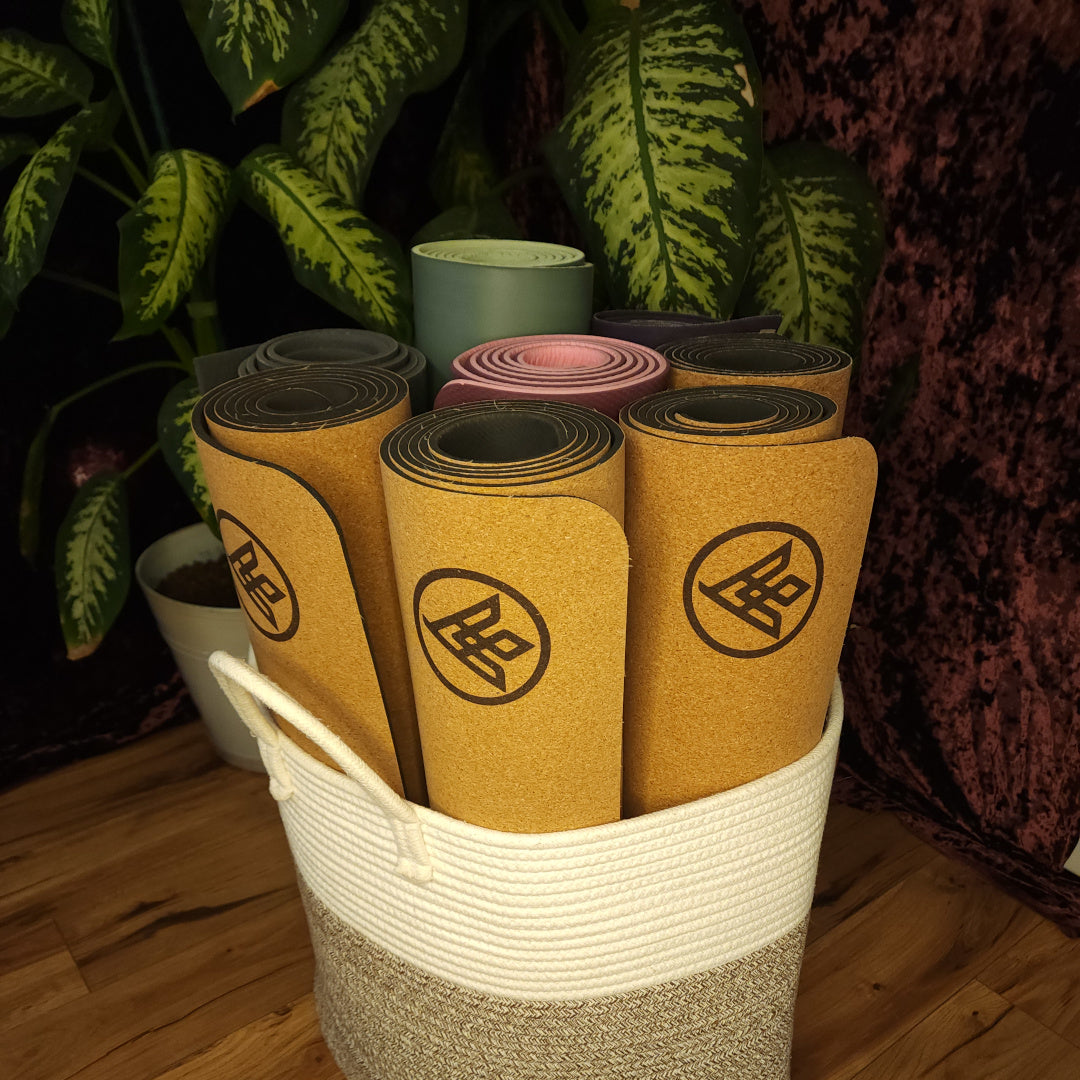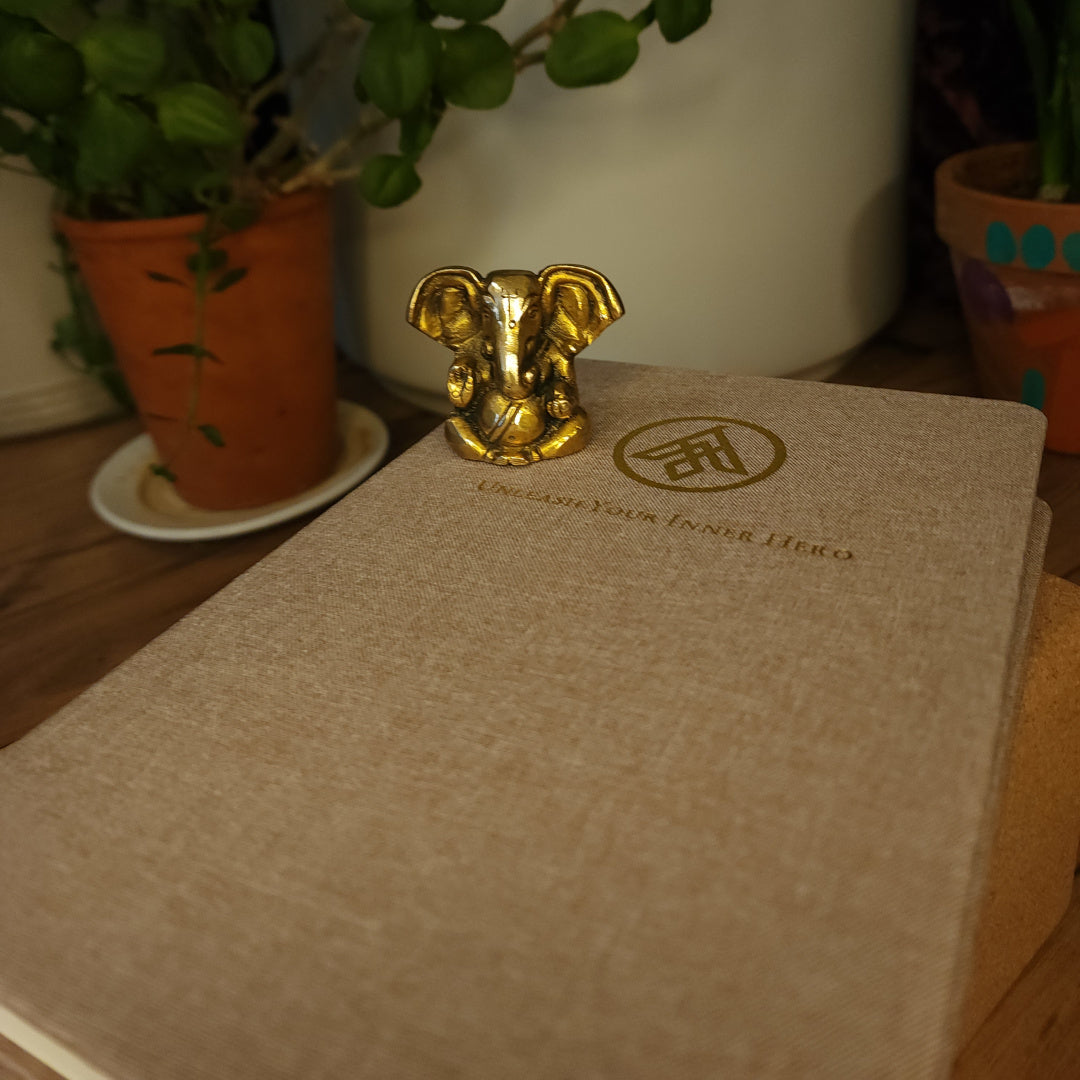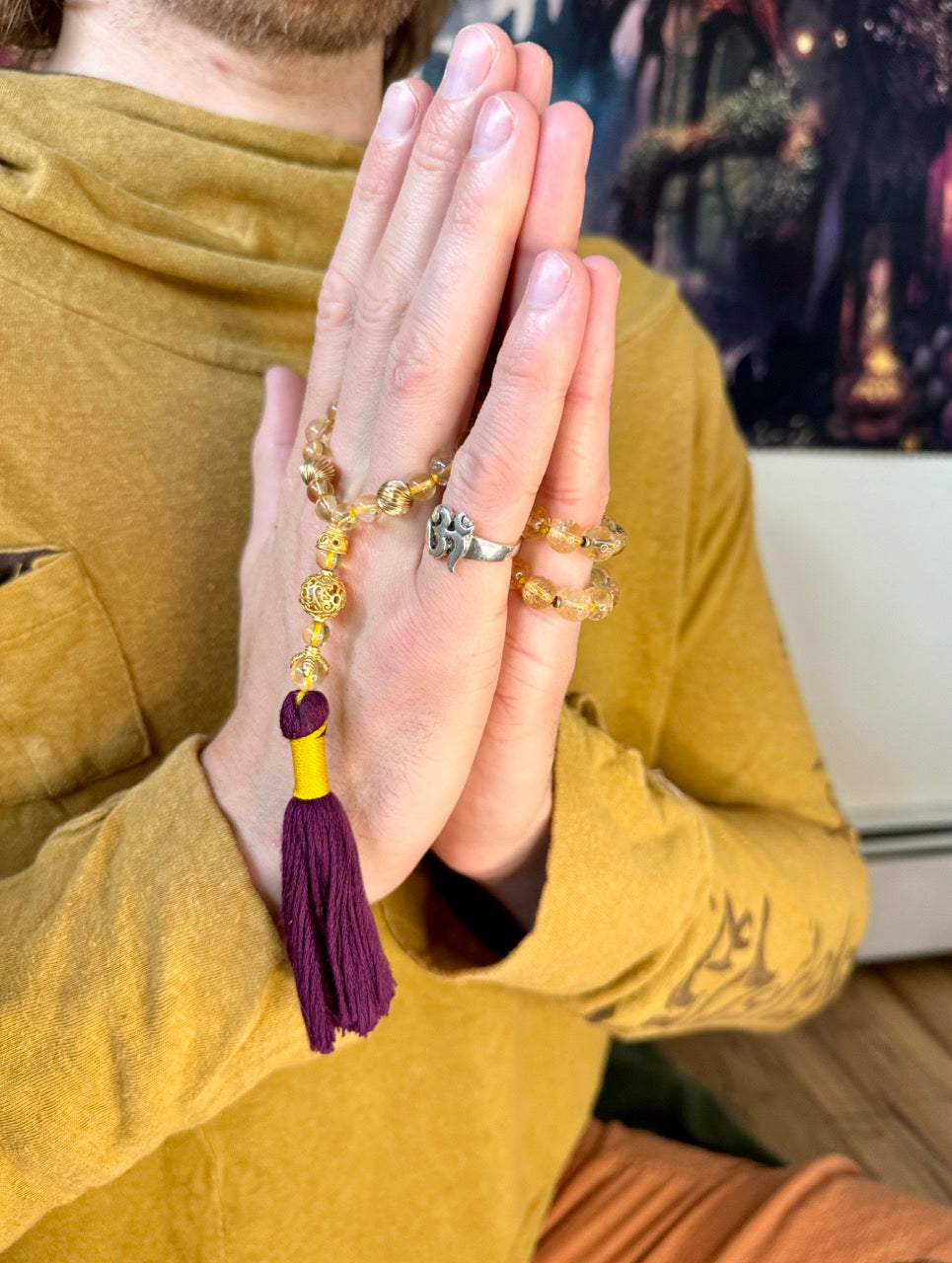What is Laughter Yoga?
Jack UtermoehlShare
Laughter yoga is a unique practice that combines intentional laughter with pranayama (breath control) and gentle movements to improve mental, physical, and emotional well-being. It leverages the body’s natural response to laughter to reduce stress, boost mood, and enhance overall health.
This practice uses guided laughter exercises, often in group settings, to create a joyful and healing experience.
The cornerstone of laughter yoga is the principle that the body cannot distinguish between fake and genuine laughter—both provide the same physiological and psychological benefits.
This makes it accessible to anyone, regardless of mood or circumstances.
Origins of Laughter Yoga
Laughter yoga was developed in 1995 by Dr. Madan Kataria, a physician from Mumbai, India. Inspired by the health benefits of laughter documented in medical research, Dr. Kataria started a “laughter club” in a local park, where participants gathered to laugh intentionally.
Over time, the practice evolved to include breathing exercises and playful movements, blending laughter with traditional yoga techniques.
Today, laughter yoga is practiced worldwide, with thousands of clubs and certified instructors promoting its benefits for mental and physical health.
Practicing Laughter Yoga
Laughter yoga involves a mix of simulated laughter exercises, breathing techniques, and playful activities designed to stimulate laughter. The practice is typically done in a group to harness the contagious nature of laughter and promote a sense of community and connection.
Laughter Exercises: Guided activities, such as Greeting Laughter, Lion Laughter, or Silent Laughter, encourage participants to laugh intentionally, often leading to genuine laughter.
Pranayama (Breath Control): Deep breathing techniques like dirga pranayama or kapalabhati are used between laughter exercises to calm the mind and enhance oxygenation.
Playfulness: Childlike movements and games are incorporated to make the experience lighthearted and stress-free.
Meditation: Sessions often conclude with a brief relaxation or mindfulness meditation to integrate the practice and promote calmness.
Common Practices
Greeting Laughter: Participants walk around the room, making eye contact and laughing as they greet each other.
Lion Laughter: Participants stick out their tongues and roar like lions while laughing to release tension.
Silent Laughter: Laughing without sound to stimulate mindfulness and control.
Laughter Meditation: A free-form laughter session where participants allow natural laughter to flow spontaneously.
Laughter Yoga Suitability
Experience Level: Beginner-Friendly, Suitable for All
Physical Demand: Gentle Movement
Mind-Body Engagement: Balanced Mind-Body
Adaptability: Highly Adaptable
Focus Area: Stress Relief, Emotional Well-Being, and Social Connection
Notes on Laughter Yoga
Practicing laughter yoga can reduce stress, improve mood, boost immune function, and promote social bonding. It increases oxygen flow, stimulates the release of endorphins, and fosters emotional resilience.
Laughter yoga is particularly effective for reducing anxiety, enhancing mental clarity, and encouraging a playful approach to life.
Similar Styles
There's nothing quite like laughter yoga!
Equipment
Required: None
Nice to Have: Comfortable Clothing, Water
Optional: Chair, Meditation Cushion
References and Resources
‘Laughter Yoga’ by Dr. Madan Kataria: A comprehensive guide to the principles and practices of Laughter Yoga.
‘Laughter Yoga: Daily Practices for Health and Happiness’ by Madan Kataria: This book provides an overview of Laughter Yoga’s history, philosophy, and practical exercises.
Laughter Yoga International: The official organization offering training, resources, and support for Laughter Yoga practitioners worldwide.
Website: Laughter Yoga International
A yoga journal helps you deepen your practice, track your progress, and reflect on your spiritual journey. Cultivate mindfulness and intention with every entry.Elevate Your Yoga Journey







